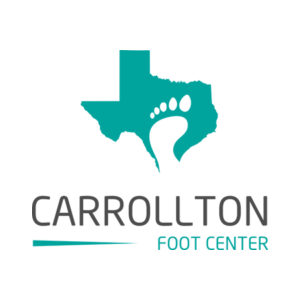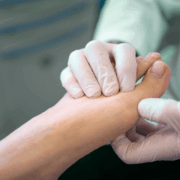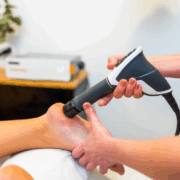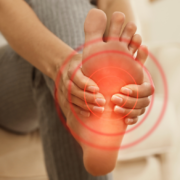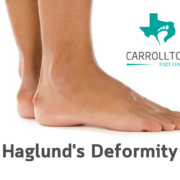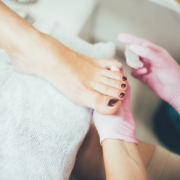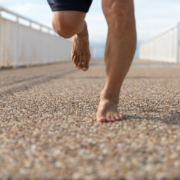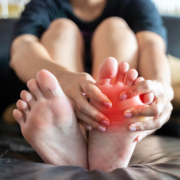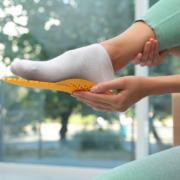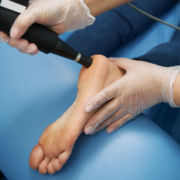5 Subtle Warning Signs of Foot Conditions You Shouldn’t Ignore
If we at Carrollton Foot Center know one thing about feet, it’s that they are great barometers of our health. But while a dramatic ankle sprain or a painful ingrown toenail sends a clear message, many foot and ankle conditions begin with subtle, easily missed warning signs. In this blog post, we’ll help you tune your ear to your feet and listen to specific symptoms you shouldn’t dismiss.
That Lingering Ache
If your feet and ankles consistently ache after a normal day of activity, don’t just chalk it up to a long day or being on your feet. A lingering, dull pain that doesn’t disappear with a night’s rest could be an early signal of plantar fasciitis, a stress fracture, or even developing arthritis. While muscle soreness is normal, a sharp or specific ache in a joint or bone is a sign that a particular structure is under too much stress and needs attention.
Numbness and Tingling
A sudden tingling or numbness in your feet is often just a temporary nerve compression from sitting in an awkward position. But if you experience persistent or recurring sensations like pins and needles, or if your feet feel numb without an obvious cause, it’s a definite red flag.
These sensations can be an early sign of peripheral neuropathy, which is a common complication of diabetes. It can also be a symptom of a pinched nerve in your back, or a condition like tarsal tunnel syndrome in your ankle, where a nerve is being compressed. While these aren’t guarantees, it’s important to get them checked sooner rather than later.
Skin, Nail, and Hair Changes
If you notice your feet are consistently cool to the touch, or if the skin on your legs and feet appears unusually shiny, pale, or bluish, it could be a sign of Peripheral Artery Disease and poor circulation.
Similarly, thinning or hair loss on your toes, or toenails that are growing very slowly and have become brittle or discolored, can also be signs that your feet aren’t getting the healthy blood flow they need.
Uneven Shoe Wear
Take a look at the soles of your shoes. If one shoe is wearing down much faster than the other, or if a specific part of the sole is wearing down excessively, it’s a strong indicator of a gait abnormality. This means you might be walking in a way that puts abnormal stress on your feet. And no, not all walking issues are apparent! Biomechanical problems can be subtle, and they’re not just a shoe issue; they need correction, or else they can lead to secondary injuries.
Recurrent Ankle Instability
Believe it or not, that’s exactly what it’s called: chronic ankle instability. If you’ve had a bad ankle sprain in the past and always feel like you’re on the verge of another one, that’s a clear sign of chronic ankle instability. This isn’t just a weakness; it means the ligaments literally haven’t healed properly.
Consult with Board-certified podiatrist Dr. Naghmeh Lilly Khavari, a knowledgeable professional who is dedicated to her patients in Denton, Dallas, and Collin Counties. Dr. Khavari treats a wide range of conditions, from ingrown toenails to foot and ankle injuries. Call Carrollton Foot Center’s office (located in Carrollton, Texas) at (469)-998-3668 to schedule your first appointment today!
